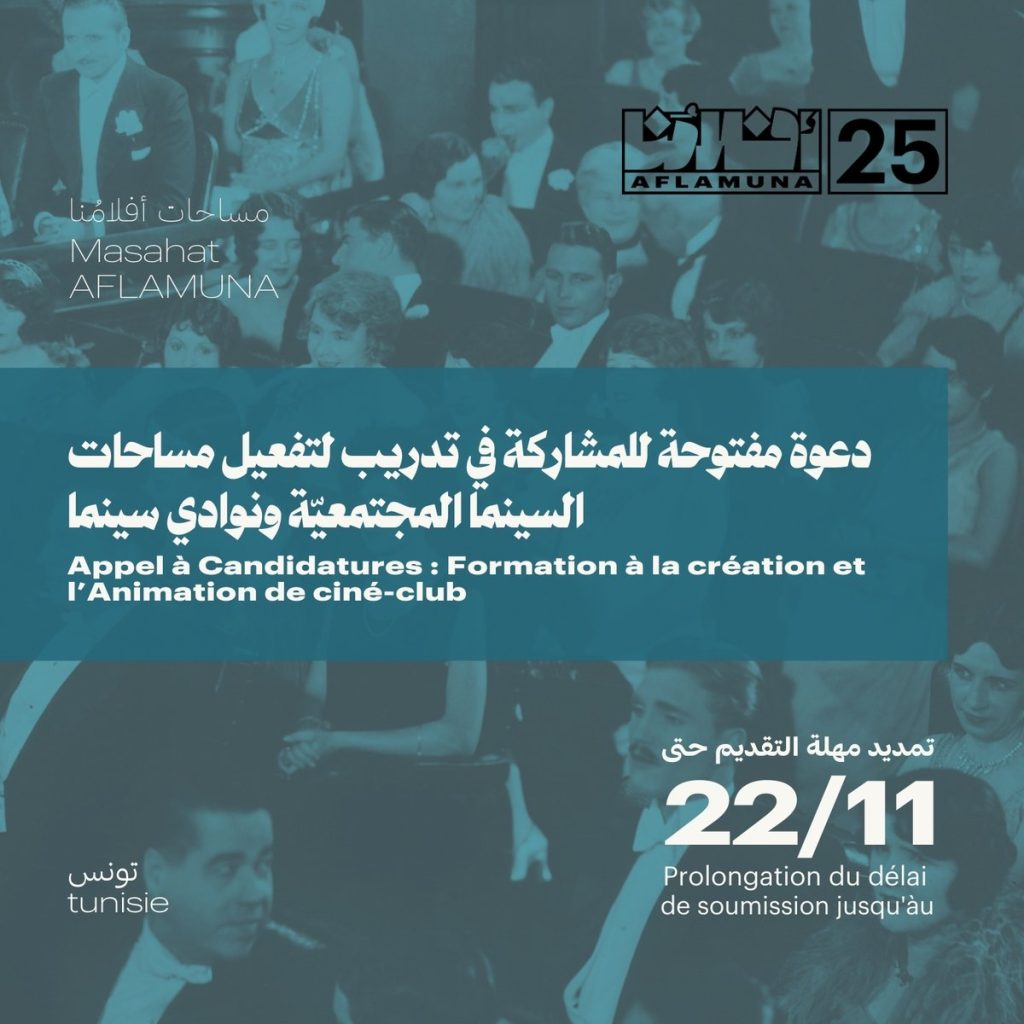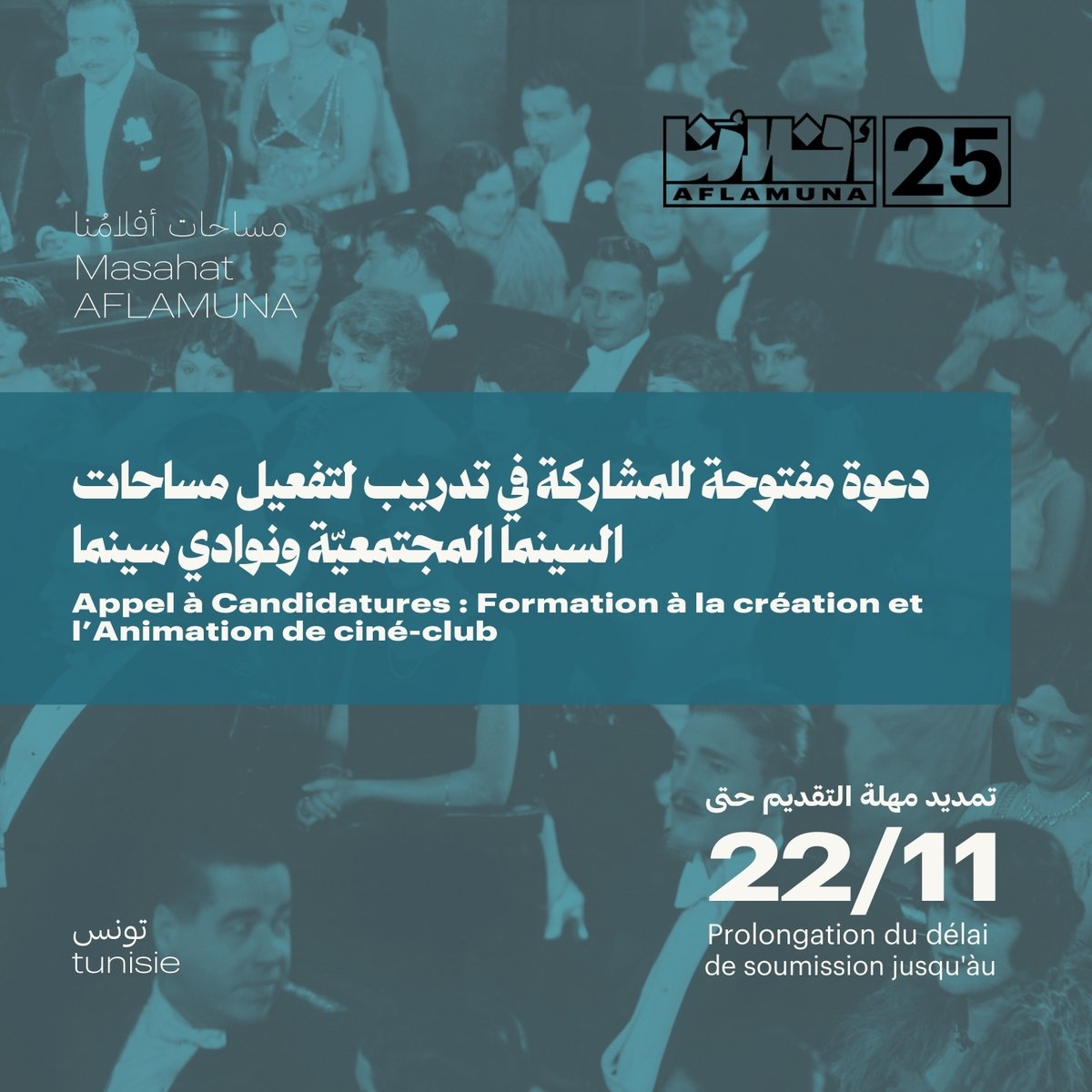
Palestinian Artist Dorgham Qreiqea Dies in Israeli Airstrike in Gaza

Remembering Dorgham Qreiqea: A Palestinian Artist’s Legacy of Compassion, Creativity, and Resistance
In the heart of Gaza, where artists often contend with war, scarcity, and loss, Dorgham Bassam Qreiqea emerged as a luminous figure of hope and resistance. At just 28, Qreiqea—a muralist, oil painter, and dedicated community leader—was already leaving a lasting mark not only through his artwork but through tireless activism devoted to Palestinian children and marginalized communities in Gaza.
He was tragically killed on March 18, 2024, alongside his wife Aya Qudra and more than 30 family members during an Israeli airstrike that obliterated their home in the Shuja’iyya neighborhood of Gaza City. His death is part of a broader humanitarian catastrophe unfolding in the Gaza Strip, but the story of his life provides a poignant glimpse into the resilience, compassion, and creativity that continues to define the Palestinian spirit.
A Life Dedicated to Art and Community
Born in 1997 in Gaza, Qreiqea honed his skills in portraiture, mural work, and oil painting. His pieces—surviving now only in fragments—once adorned Gaza’s few contemporary art spaces, including Shababeek for Contemporary Art, where he was scheduled to debut his first solo exhibition in late 2023 before the venue was destroyed.
Qreiqea maintained his studio at his family’s home, crafting art that gave voice to the reality of life under occupation, siege, and blockade. Even after his studio was leveled during repeated military incursions, he returned home amid a fragile ceasefire, choosing to live and work in the war-torn zone in order to support his community.
Empowerment Through Art
Beyond aesthetics, Qreiqea believed in art’s ability to empower and heal. He worked extensively with children, particularly those internally displaced or traumatized by war. His collaborations with international NGOs like Médecins du Monde, Hope and Play, and the Hope Foundation led to the creation of workshops, painting sessions, film screenings, pool parties, and game circles for Gaza’s children trapped in cycles of violence and deprivation.
During the COVID-19 pandemic, Qreiqea joined efforts to raise awareness about safety precautions through painted face masks and community murals in underserved neighborhoods. He was a key figure in the Tamer Institute for Community Education, leading arts programming that helped youth channel their creativity into resilience.
One of his most impactful initiatives was through Camps Cinema, a mobile screening project that brought films to displacement camps across Deir al-Balah, Khan Younis, and Rafah. Despite the danger of airstrikes—even during screenings in designated “safe zones”—Qreiqea prioritized joy and emotional escape for children.
A Lasting Impact on Friends and Peers
Cyprus-based Palestinian artist Jafra Abu Zoulouf, a close friend and collaborator, described Qreiqea as a quiet warrior, who found purpose in hearing children laugh—even as bombings echoed around them. Together they worked on “Deadly Aid,” a research-based art project that documented how humanitarian aid was being weaponized or mismanaged in Gaza. Through shared presentations, they educated global audiences on this hidden dimension of the crisis.
“He told me that to be surrounded by children who were laughing, excited, and able to paint was his only goal,” Abu Zoulouf recounted. “Most days, they were starving and hopeless. His activities distracted them from the daily terror.”
A Compassionate Leader
Qreiqea also played a humanitarian role among peers. He became a mentor to Khalid Abu Khater, another community activist supporting displaced girls through a dabke dance troupe called the Rajeen Team. Qreiqea helped the team procure basic needs like food, clothing, and haircuts, often giving away his own resources.
“I once asked him why he gives away all his money and doesn’t take care of himself,” Abu Khater shared. “He told me that he lives to make people happy.”
Legacy Amid Rubble and Rubble Amid Legacy
On February 28—just three weeks before his death—Qreiqea posted a photo on Instagram showing his art, damaged yet radiant, buried under rubble. He wrote: “Hope is not killed until the soul dies. Art is my soul, and it will not die.”
This was also the day he married Aya Qudra.
After the attack on March 18, survivors pulled his four-year-old niece Jenin from the ruins. His mother and sister had fled to Egypt for medical treatment prior to the attack. His older brother Mohammad remains hospitalized in Gaza.
A Light Extinguished But Not Forgotten
The pain felt by those who knew Qreiqea is raw—and the consequences of his death ripple far beyond Gaza’s borders. With every child he uplifted and every mural he painted, he resisted attempts to silence his